Dr. Torhan Al-Mufti
At first glance, the two terms “results” and “outputs” might seem to have the same meaning and content, but in reality, the topics they refer to are quite different. The term “results” or “result” can be defined as a more comprehensive word, encompassing outputs and also referring to the extent of the benefit and the impact of the outputs in their context and potentially their future implications. On the other hand, “outputs” refers to the abstract outputs of a subject without considering their wider implications or results. Finally, both terms are encompassed by a single term, “product”.
To clarify, let’s take some examples. For instance, the result of a final exam in any educational stage indicates a student’s progression to a new level, ranking among successful students, and overall average, giving a comprehensive view of the student’s academic potential and position within their cohort. This could also provide predictions about the student’s abilities in coming years. Outputs, however, would simply state whether the student has passed the stage or not, without going into any details or even knowing them. Typically, first session exams provide results, whereas resit exams in most systems yield outputs (pass or fail) because the resit has already provided a result regarding the student’s standing and capabilities. The “product” in this context is the student and the subsequent generation of students.
Differentiating between these terms in politics is crucial for defining political trajectories and distinguishing between successes and failures accurately. However, what often happens in policy-making and political decisions in the Middle East is quite different from these terms, as most regional decisions are made based on the “product” in a holistic sense, without delving into results or outputs, regional or local. For example, post-2003 Iraq saw a significant surge in terrorist activities due to lax border control, allowing many terrorists from various countries and political systems to infiltrate, either with the blessing of their governments or to facilitate their departure to rid themselves of them, thus turning Iraq into a quagmire of wars and terrorist operations. The process was dealt with as a product without considering the results and outputs of these actions, leading to the emergence of ISIS, a (political-religious) system that devastated much of the Middle East in Iraq and Syria and posed a threat to the rest of the region.
Recent events between Iran and the occupying forces in Palestine, especially in the Gaza Strip, have cast a shadow over all countries concerned with this issue, leading to the formation of two camps, along with a silent majority in many countries for various reasons, whether economic, technical, or other. The Arab community itself is divided, with a public engaged with the Gaza issue and leaderships offering timid statements, with few countries fully supporting the Gaza cause, as is the case with Iraq. Iran and Turkey, as non-Arab countries close to the events, entered the crisis strongly through statements and warnings against exacerbating what is happening to civilians in Gaza and the necessity of halting attacks and resorting to dialogue to avoid more casualties, but all these international efforts have not yielded tangible results regarding stopping the aerial bombardment of Gaza or lifting the siege or moving towards equitable dialogue between the parties.
The confrontation between Iran and the occupying forces.
For several months, coinciding with the events in Gaza, there have been confrontations that can be described as part of a “tit-for-tat” policy between the two sides, involving systematic bombings and some political assassinations, among other actions. However, these “soft” confrontations suddenly escalated into a strong and shocking encounter when the occupying forces used warplanes to bomb a building annexed to the Iranian consulate in Damascus on the first of April this year. This incident escalated the confrontation between the two parties into a phase of direct and harsh engagement. According to international norms, these diplomatic lands are considered Iranian territory; therefore, the bombing can be regarded as having occurred on sovereign Iranian soil. Consequently, most observers expected an Iranian response to this bombing regardless of the outcome of this response.
About ten days after the bombing of the Iranian consulate, the Iranian response began to emerge publicly through warnings to airports and civilian aircraft, as well as issuing warning messages and notifications from Iran to regional countries and influential states in the region. Iran marked its response on the Saturday night before last Sunday by launching dozens of drones and various missiles towards (Israel). As these projectiles reached the skies of the occupied territories, the process of intercepting, shooting down, and neutralizing these Iranian projectiles began.
The results, outputs, and Iranian product.
Some observers noted that the Iranian response was not at the required level, and others went further, considering the Iranian response to have been a failure that did not produce any tangible results, suggesting it was a staged drama agreed upon by the parties involved and the major powers. From gathering the opinions of observers and analysts, a number of important conclusions can be drawn from this operation:
Firstly: The output of this Iranian response was that Iran managed to reciprocate the bombing, even though the Iranian bombing did not achieve the desired effects or meet the expectations of observers.
Secondly: The results of this response were:
- The Iranian response demonstrated Iran’s capability to deliver fire to the farthest point from (Israel), thus undermining the theory of strategic depth or geographical distance between the two sides.
- Iran’s capability to respond to (Israel) will now remain unchanged in responding to any country that conducts a direct military operation against Iran (a message to friends before foes).
- Despite all the confrontations it has faced, Iran continues to respect international forces and decisions by not targeting diplomatic sites as a form of reciprocal response.
- Iran possesses a variety of powerful and striking weapons.
- Utilization of the principle of operations research in selecting response tools.
Thirdly: The product is the presence of a real force in the Middle East that cannot be overlooked from now on, represented by Iran.
Finally, we will wait to see the other party, represented by (Israel), and its ability to exercise restraint or to shift to another phase of confrontation, which we hope will not occur as it may drag the region into the throes of a war that would not end easily.
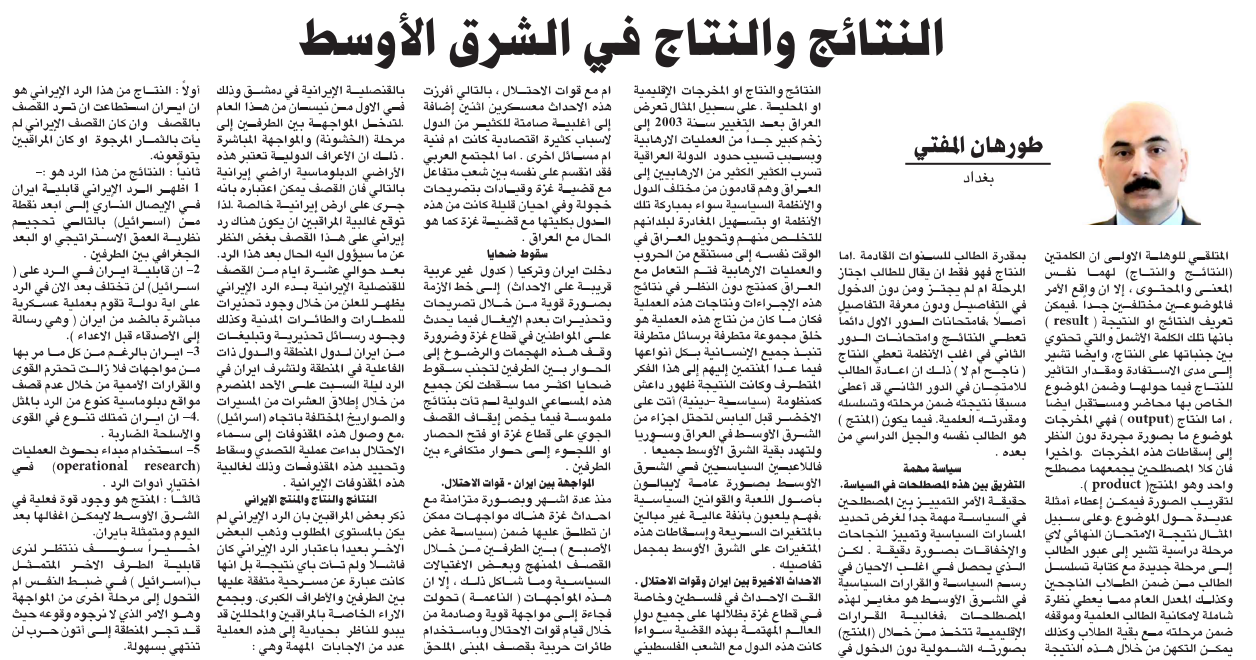
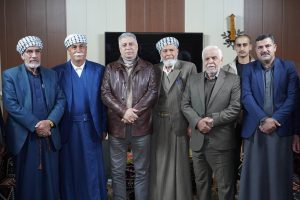
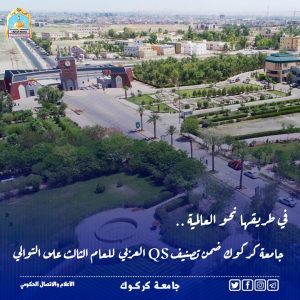

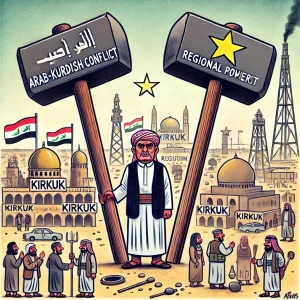
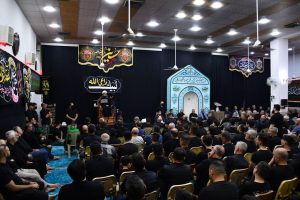
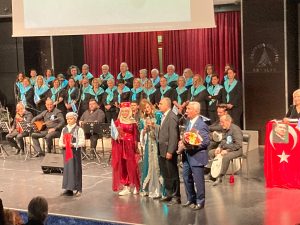

Be First to Comment